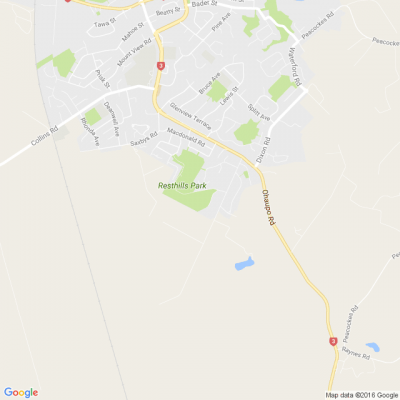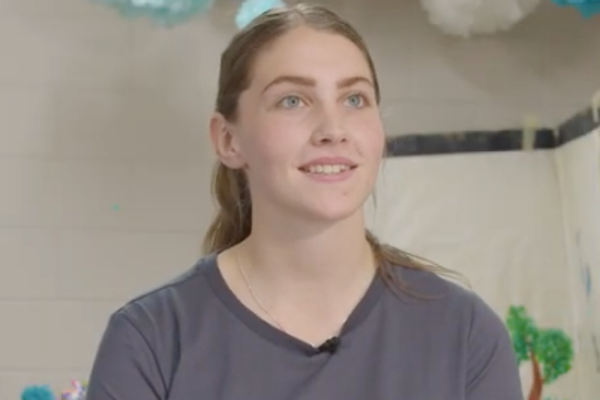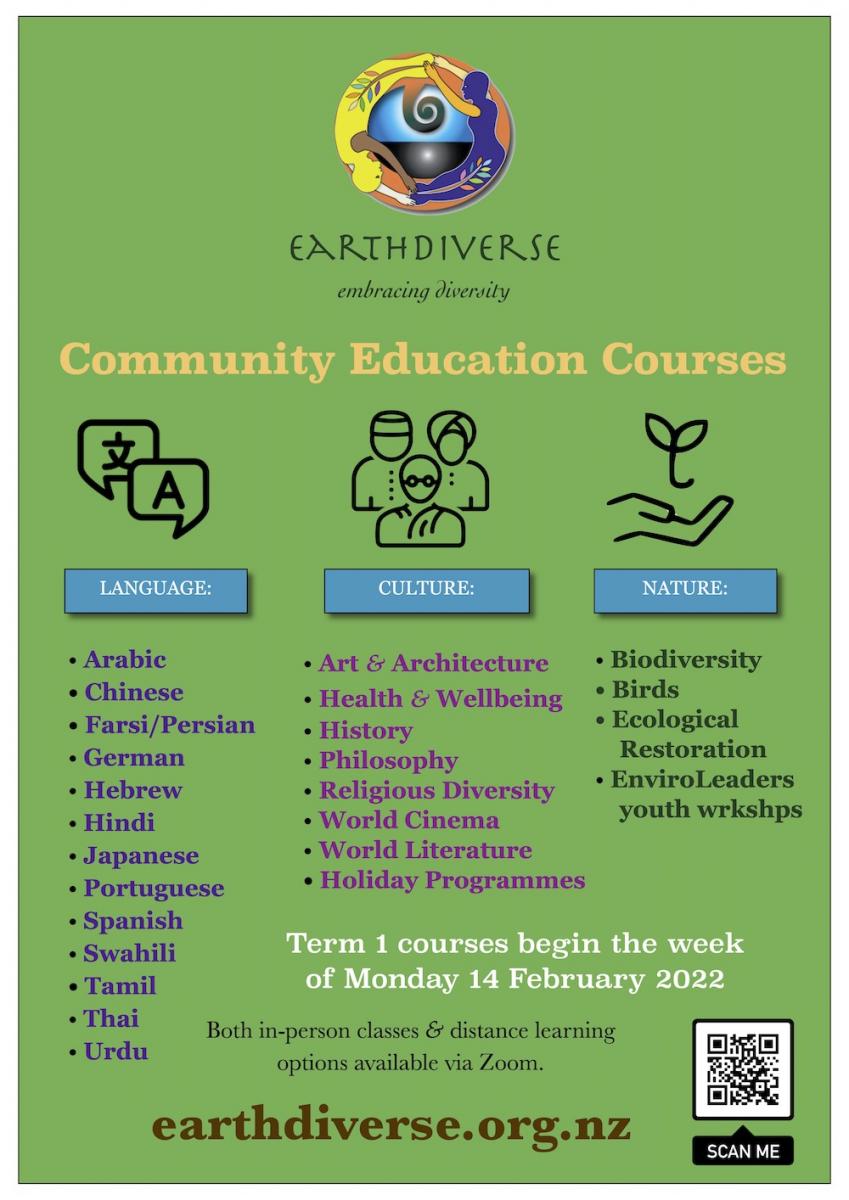
Know what’s happening
Access the private noticeboard for verified neighbours near you. Keep informed about any suspicious activity, send urgent updates to your neighbours when required and discuss emergency planning.
Get to know your neighbours
Browse the directory and start getting to know your neighbours. Don’t want to post to the whole neighbourhood? Send a private message.
Buy, sell and give away
Want to declutter your garage? Buy some used household items? Give away some garden stuff? Become a verified neighbour to browse and post items for sale. Trading is simple when everyone lives nearby.


Know something that could keep your neighbours safe?
Share it here on Neighbourly

Thank you for using Neighbourly
You may receive an email confirmation for any offer you selected. The associated companies will contact you directly to activate your requests.
todd from EarthDiverse
Interested in learning more about our Environment & Biodiversity courses? Here's EarthDiverse's Term 1 lineup, beginning the week of Monday 14 February 2022. For more info on our Environment courses, visit our website at <earthdiverse.org.nz>. While you're there, check out … View moreInterested in learning more about our Environment & Biodiversity courses? Here's EarthDiverse's Term 1 lineup, beginning the week of Monday 14 February 2022. For more info on our Environment courses, visit our website at <earthdiverse.org.nz>. While you're there, check out our other courses in Art & Architecture, History, Health & Wellbeing, Language, Linguistics, World Literature, Philosophy, Religious Diversity and World Cinema courses). In-person or on-line, available from anywhere in the world!

Bernd from Hamilton East
Saturday 15 Jan from 8am
Garden tools, household items, toys, CDs, books, furniture, bric a brac,
Please wear your mask when coming on site ? thanks
Negotiable
Are you called to working with young tamariki? Are you currently working in early childcare and thinking
about becoming fully qualified?
Now is the time to be a changemaker at Bethlehem Tertiary Institute. Our new field-based ECE programme offers you the chance to train as a professional … View moreAre you called to working with young tamariki? Are you currently working in early childcare and thinking
about becoming fully qualified?
Now is the time to be a changemaker at Bethlehem Tertiary Institute. Our new field-based ECE programme offers you the chance to train as a professional teacher while working at a centre.
At BTI you get a sense of belonging,” says Courtney Stead, ECE student teacher at BTI.
BTI Teacher training is based on Christian values and creative, person-centred learning, with onsite,
field-based and distance learning options. Apply online at www.bti.ac.nz
Find out more

Are you passionate about teaching children and young people? Or can you see yourself working with vulnerable whānau and communities to support their wellbeing?
Now is the time to be a changemaker – study at Bethlehem Tertiary Institute in 2022 and become a teacher, social worker or counsellor… View moreAre you passionate about teaching children and young people? Or can you see yourself working with vulnerable whānau and communities to support their wellbeing?
Now is the time to be a changemaker – study at Bethlehem Tertiary Institute in 2022 and become a teacher, social worker or counsellor with authenticity and purpose.
Our distance study and flexible options allow you to study from where you are, including while working within an ECE centre.
You can even study a professional master’s degree while you work and use your learning to lead, innovate and inspire in your profession.
Apply online now [link from Apply online now to www.bti.ac.nz/apply
Apply Now

Jan from Pirongia - Karamu
Price is each
Suffolk/suffolk X
June born - great size. Ready for freezer or spit.
No killing on site, must be transported humanly (ie in a stock trailer) Local Delivery could be arranged for a small fee.
Rams and ewes available
Whatawhata pick up.
Price: $160
todd from EarthDiverse
EarthDiverse is pleased to announce it's upcoming Term 1 courses beginning the week of Monday 14 February 2022:
• ENVIRONMENT & BIODIVERSITY: "ENV101:The Origins of Life," "ENV120: Understanding Global Climate Change" and "ENV210: Ecological Restoration: … View moreEarthDiverse is pleased to announce it's upcoming Term 1 courses beginning the week of Monday 14 February 2022:
• ENVIRONMENT & BIODIVERSITY: "ENV101:The Origins of Life," "ENV120: Understanding Global Climate Change" and "ENV210: Ecological Restoration: Wetlands"
• WORLD CINEMA: "FLM210: What's So Funny? Humour in World Cinema"
• HISTORY: "HIS103: A Hitchhikers Guide to the History of the Aotearoa New Zealand," "HIS209: Incas, Spaniards & Dictators: A Brief History of Argentina from Empire to Nationhood," "HIS320: The Historical Jesus"
• HEALTH & WELLBEING: "HWB240: 'Yes you can run fast!' Realising the potential of athletes with intellectual impairments"
• LANGUAGES: Arabic, Farsi/Persan, German, Hebrew, Hindi, Japanese, Portuguese, Spanish, Tamil, Thai, Urdu
• LINGUISTICS: "LIN201: Lets talk about words: A trans linguistics seminar on word anatomy, etymology and creativity"
• WORLD LITERATURE: "LIT215: Being Literate: Seven Books and One Poet," "LIT240: Banned Literature: Fiction that Frightens Governmentsʻ
• PHILOSOPHY: "PHL200: The Big Questions," "PHL210: Being Good: A History of Morality from Babylon to Bioethics," "PH310: Robots, Cloning, Artificial Life: The Ethics of Emerging Technologies"
RELIGIOUS DIVERSITY: "RD103: Contemporary Beliefs and Practices," "RD201: Religious Fundamentalism, Extremism and Terrorism, Part 1," "RD301: Understanding Judaism"
Please visit our website for more details on each of these courses.

Ryman’s Peace of Mind Guarantees are designed with your protection in mind, giving you the confidence to live the way you want and to embrace every opportunity.
Take Ross for example. He’s a Ryman resident who began his musical journey at the age of 65. His ‘no worries’ lifestyle has … View moreRyman’s Peace of Mind Guarantees are designed with your protection in mind, giving you the confidence to live the way you want and to embrace every opportunity.
Take Ross for example. He’s a Ryman resident who began his musical journey at the age of 65. His ‘no worries’ lifestyle has meant that ten years later, Ross plays in several bands and tours in different towns playing music on a guitar he made himself. A little certainty provides great reassurance in knowing you can pursue the things you love in retirement, without any worries.
For full details on our Peace of Mind Guarantees visit rymanhealthcare.co.nz
Learn more

NumberWorks'nWords Hamilton Central
We are self confessed nerds because we love Algebra! Call us if we can inspire your child to love Algebra.

Arts for Health from Arts for Health Community Trust
Have a look at our term one art workshops $125 for the term. Classes include; painting, sculpture and mixed media. We also have Art Therapy workshops; Women's Art Group, Family Art Therapy and an Asian Women Art Therapy. More information available on our social media and at … View moreHave a look at our term one art workshops $125 for the term. Classes include; painting, sculpture and mixed media. We also have Art Therapy workshops; Women's Art Group, Family Art Therapy and an Asian Women Art Therapy. More information available on our social media and at www.eventspronto.co.nz...

Like us, did Santa leave you with some unwanted kilos? Let’s blame the white-bearded one and get to this weighty issue. Less sledding, more shedding is in order!
Lee Holmes, Supercharged Food founder and clinical nutritionist says: “In my clinic work and in hearing from the Supercharged … View moreLike us, did Santa leave you with some unwanted kilos? Let’s blame the white-bearded one and get to this weighty issue. Less sledding, more shedding is in order!
Lee Holmes, Supercharged Food founder and clinical nutritionist says: “In my clinic work and in hearing from the Supercharged community, our body weight is one aspect of health that can be the hardest to manage at this time of the year. Many people gain a few pounds over the Christmas New Year period and, why not?! It’s OK. It’s good to give into temptation once in a while.”
Read more about some key ways to lose festive weight, here.

As of the 10th of January, a permit will be required to light an open fire. This new restriction covers all areas within Hamilton City, Waikato, Hauraki, Matamata Piako, Waipa, Otorohanga and Waitomo.
District Manager of Fire and Emergency NZ, Daryl Trim, has shared that this change from open to… View moreAs of the 10th of January, a permit will be required to light an open fire. This new restriction covers all areas within Hamilton City, Waikato, Hauraki, Matamata Piako, Waipa, Otorohanga and Waitomo.
District Manager of Fire and Emergency NZ, Daryl Trim, has shared that this change from open to restricted has come after the recent dry spell, where very little rain has fallen over the last three weeks.
While some open-air fires such as campfires, bonfires and land management fires will require a permit, holiday-makers and locals can still undertake a range of activities that include fire.
"If it does require one, the website can take you through a few easy steps to get permitted for the activity" Daryl Trim says.
Here's what you need to know:
- Open-air fires will need permits in the areas of Hamilton City, Waikato, Hauraki, Matamata Piako, Waipa, Otorohanga and Waitomo.
- Some activities such as hangi, umu and gas-fired barbecues are still permitted.
To get information on whether your planned activity requires a permit, head to www.checkitsalright.nz......

The Team from Addictive Eaters Anonymous - Hamilton
The AEA web event is a free monthly online meeting using Zoom video conferencing software. With three 10 minute speakers and member sharing. Participants can join the web event from their phone, desktop, mobile and tablet devices. ALL WELCOME
The purpose of the web events is to carry the message … View moreThe AEA web event is a free monthly online meeting using Zoom video conferencing software. With three 10 minute speakers and member sharing. Participants can join the web event from their phone, desktop, mobile and tablet devices. ALL WELCOME
The purpose of the web events is to carry the message to newcomers who live in areas where there are no AEA meetings and to strengthen areas where there are sole AEA members. These events are not designed to replace face-to-face meetings. Rather, we hope that face-to-face meetings will grow and increase as a result of having regular web events.

The Team from NZ Compare
Treating yourself this Summer is healthy after a year like 2021! Have some fun, smile and reconnect with loved ones but before 2022 gets hectic COMPARE.SAVE.REPEAT.
It’s easy as, just sit down over a cuppa or a beer – whatever tickles your fancy! Have a look at your pesky bills and compare … View moreTreating yourself this Summer is healthy after a year like 2021! Have some fun, smile and reconnect with loved ones but before 2022 gets hectic COMPARE.SAVE.REPEAT.
It’s easy as, just sit down over a cuppa or a beer – whatever tickles your fancy! Have a look at your pesky bills and compare what's out there using Broadband Compare and Power Compare. We launched these sites to help Kiwis all over, compare providers and plans so you can save money or find something that just better fits your needs. So easy, you can do it at the beach in between swims!
COMPARE TO SAVE

 Loading…
Loading…
Are you sure? Deleting this message permanently removes it from the Neighbourly website.
 Loading…
Loading…
© Neighbourly 2025
